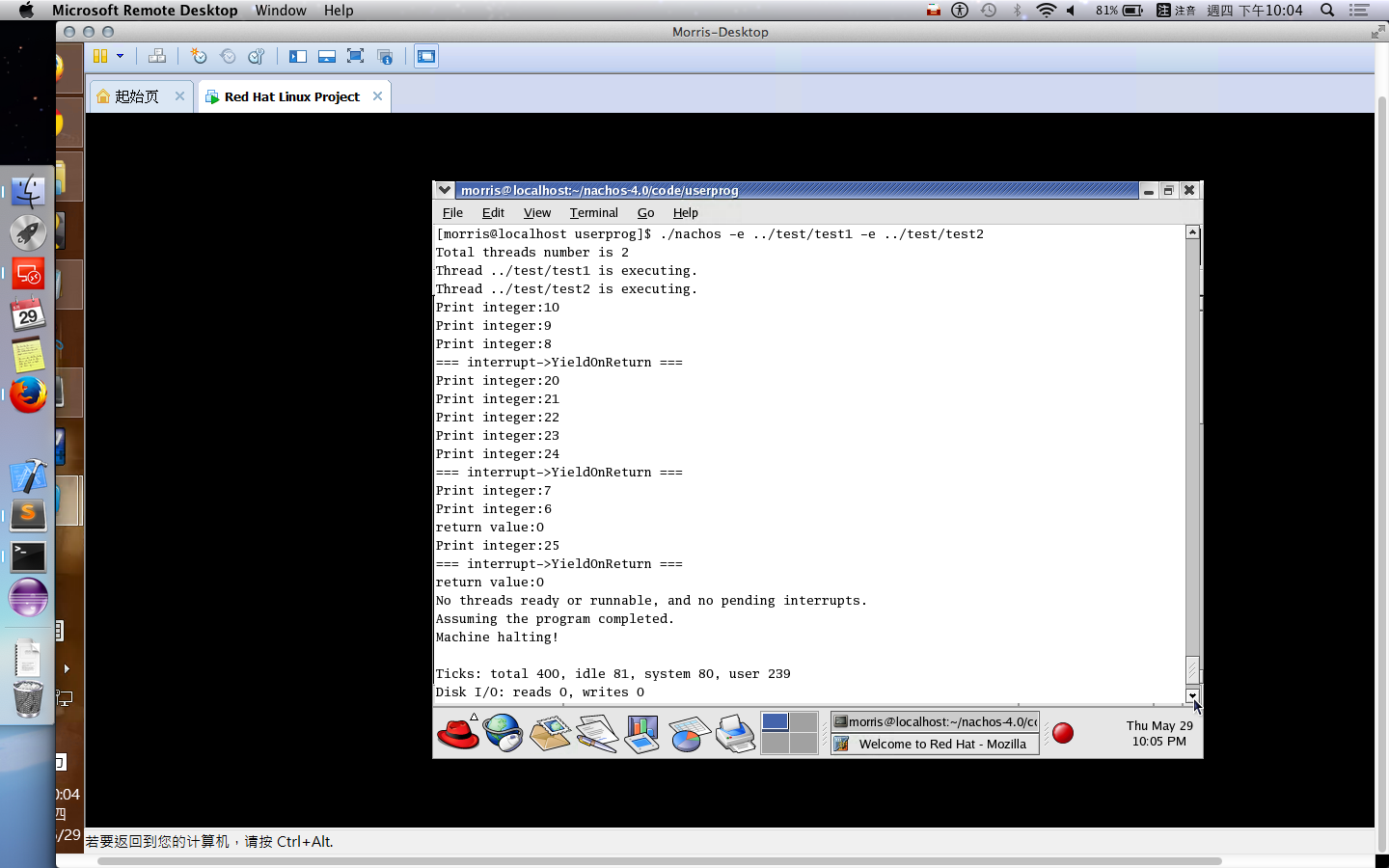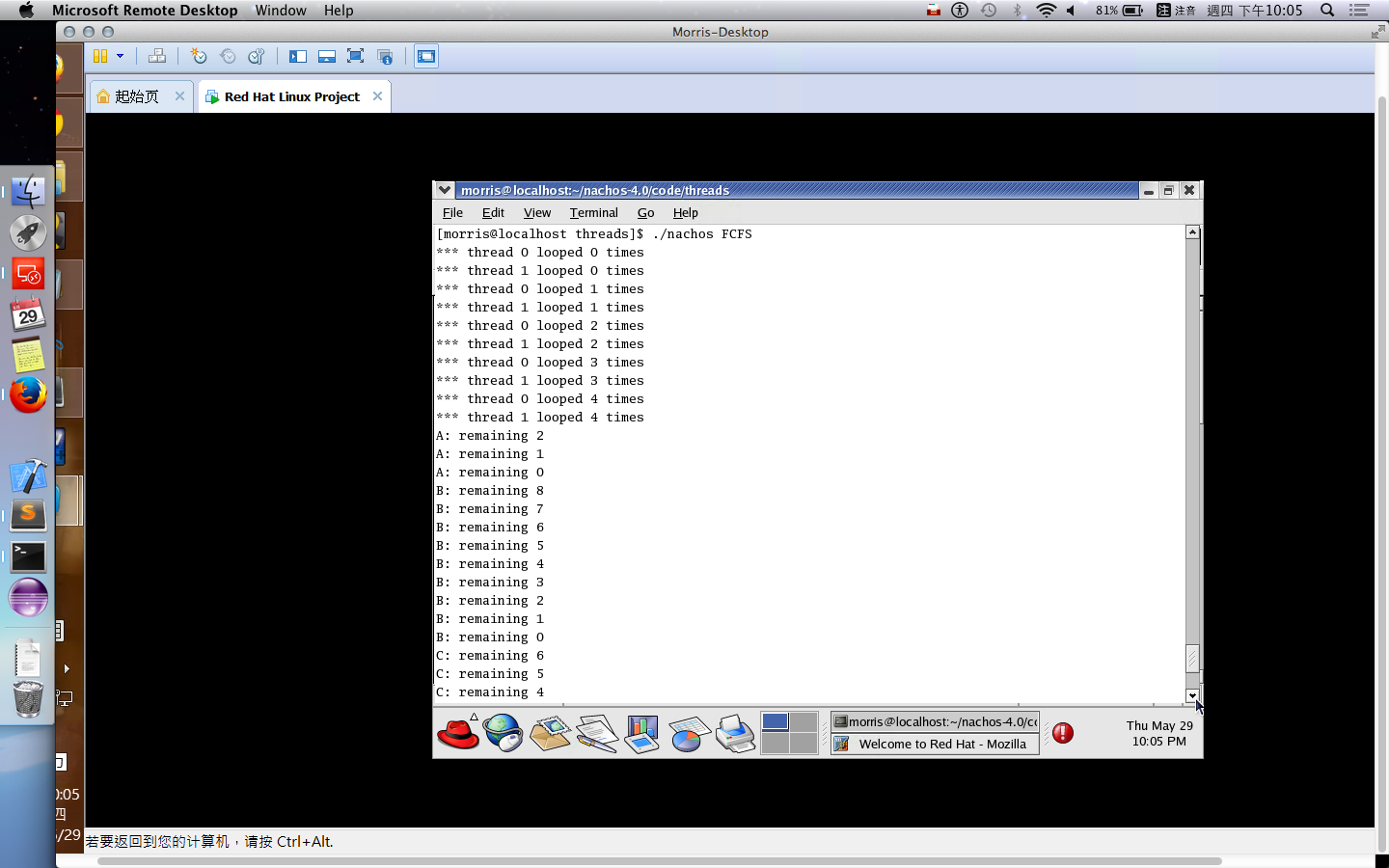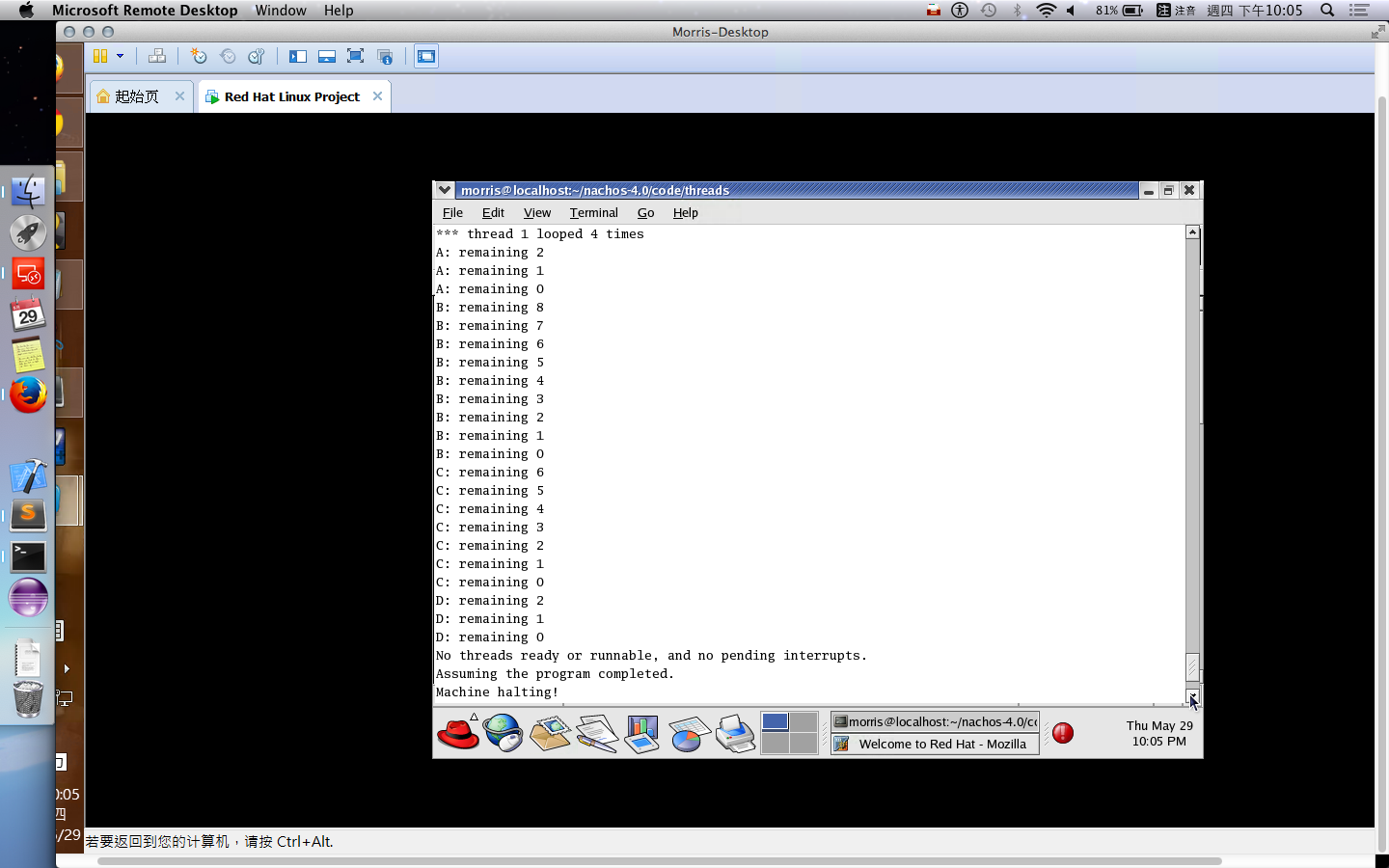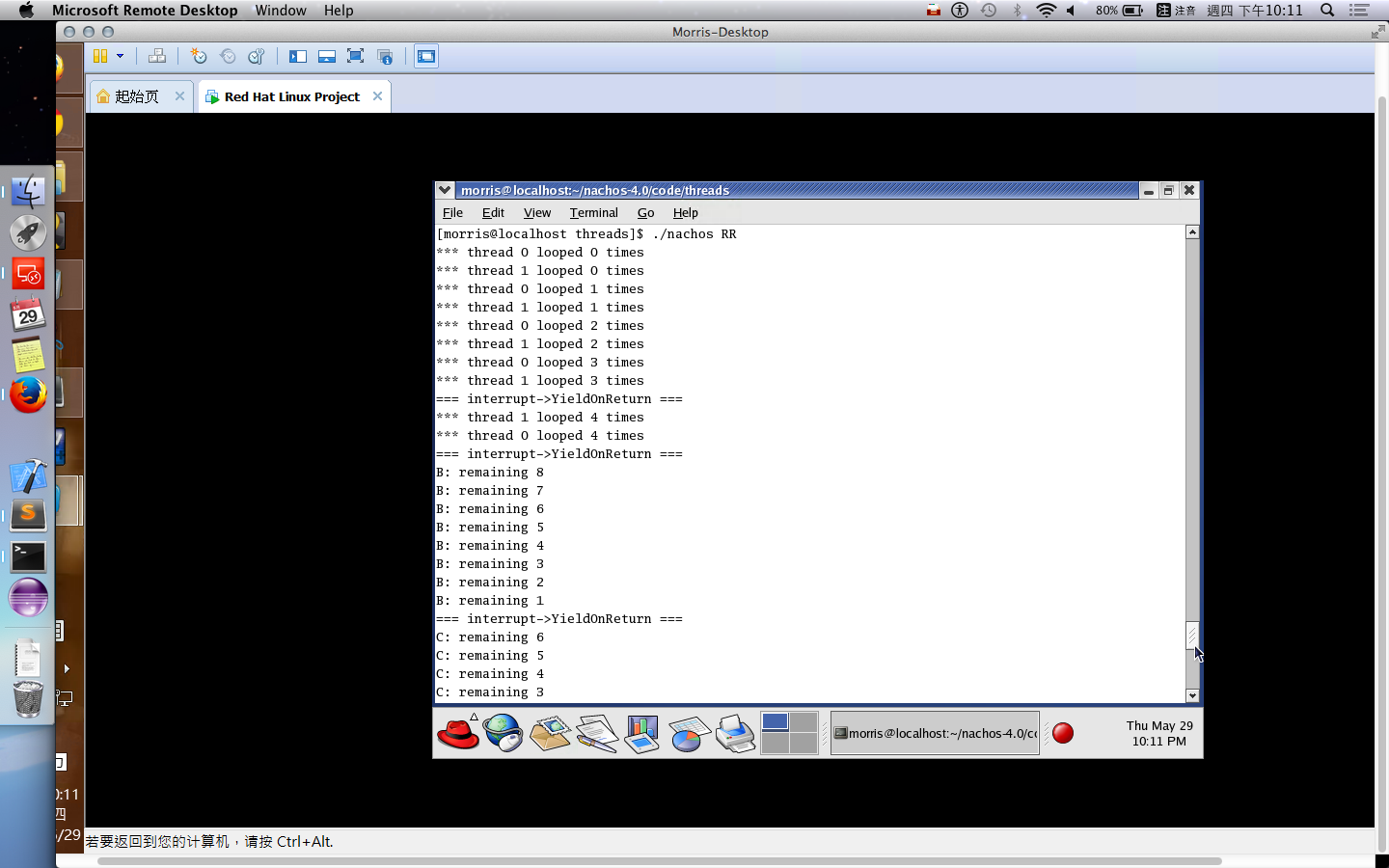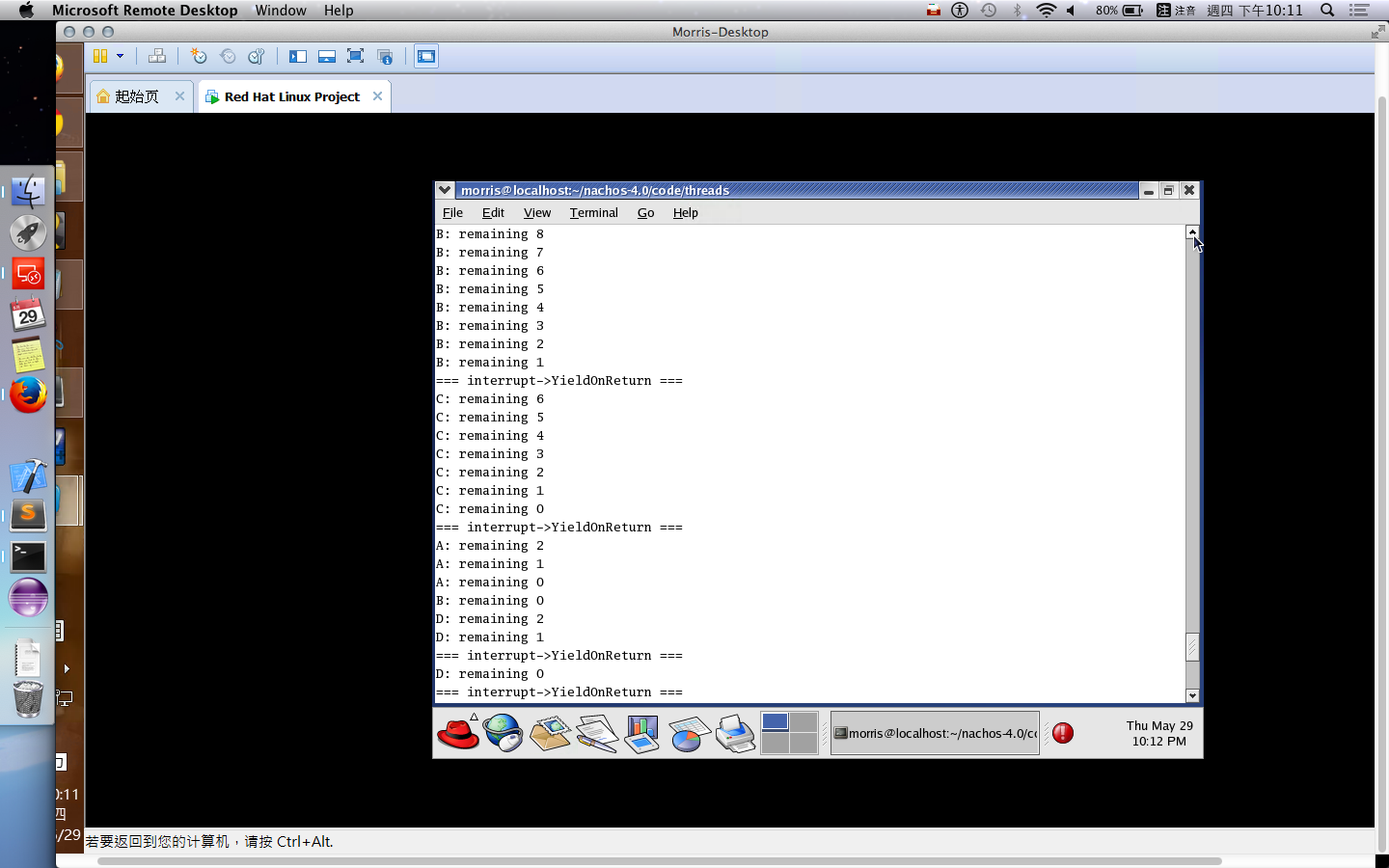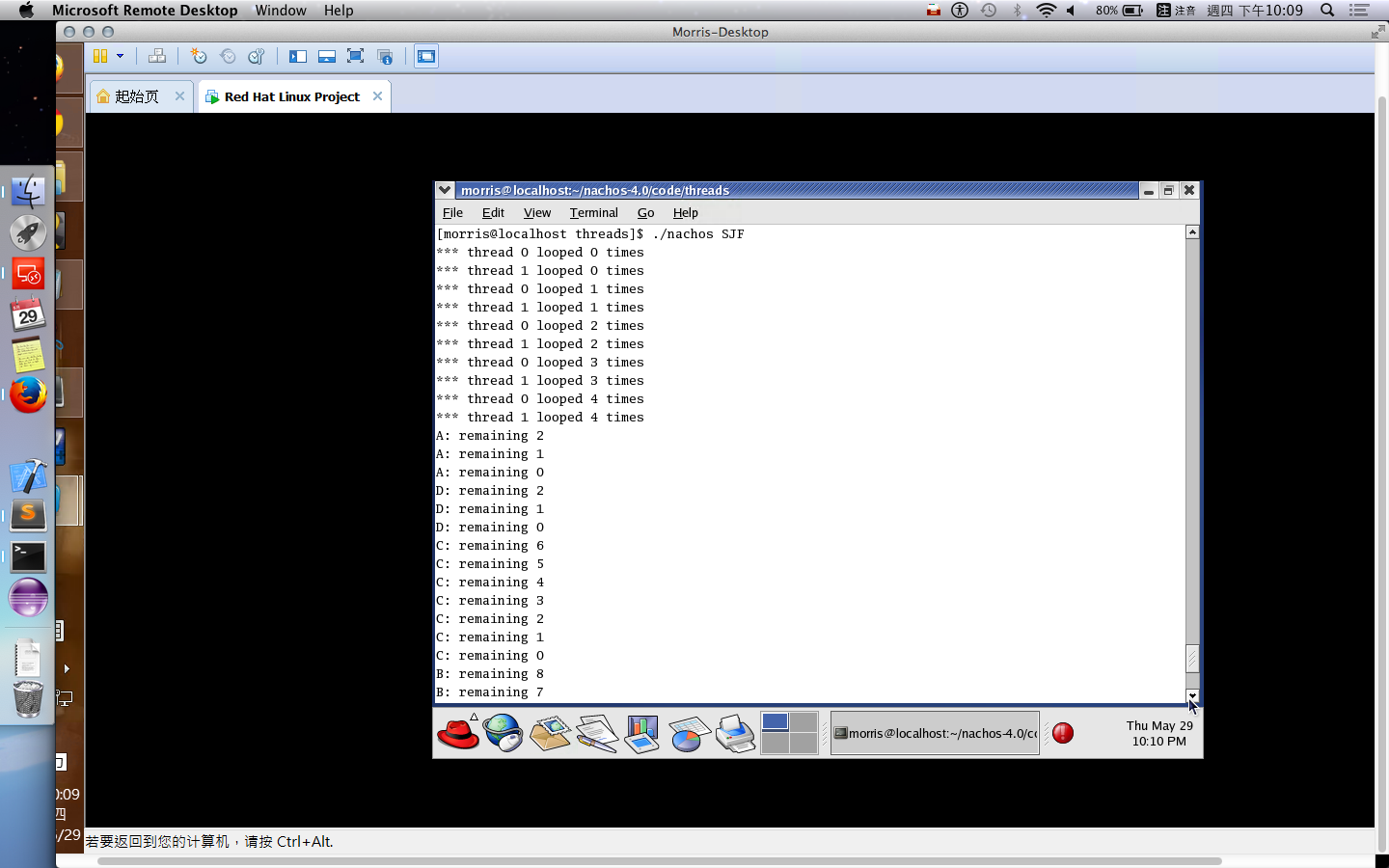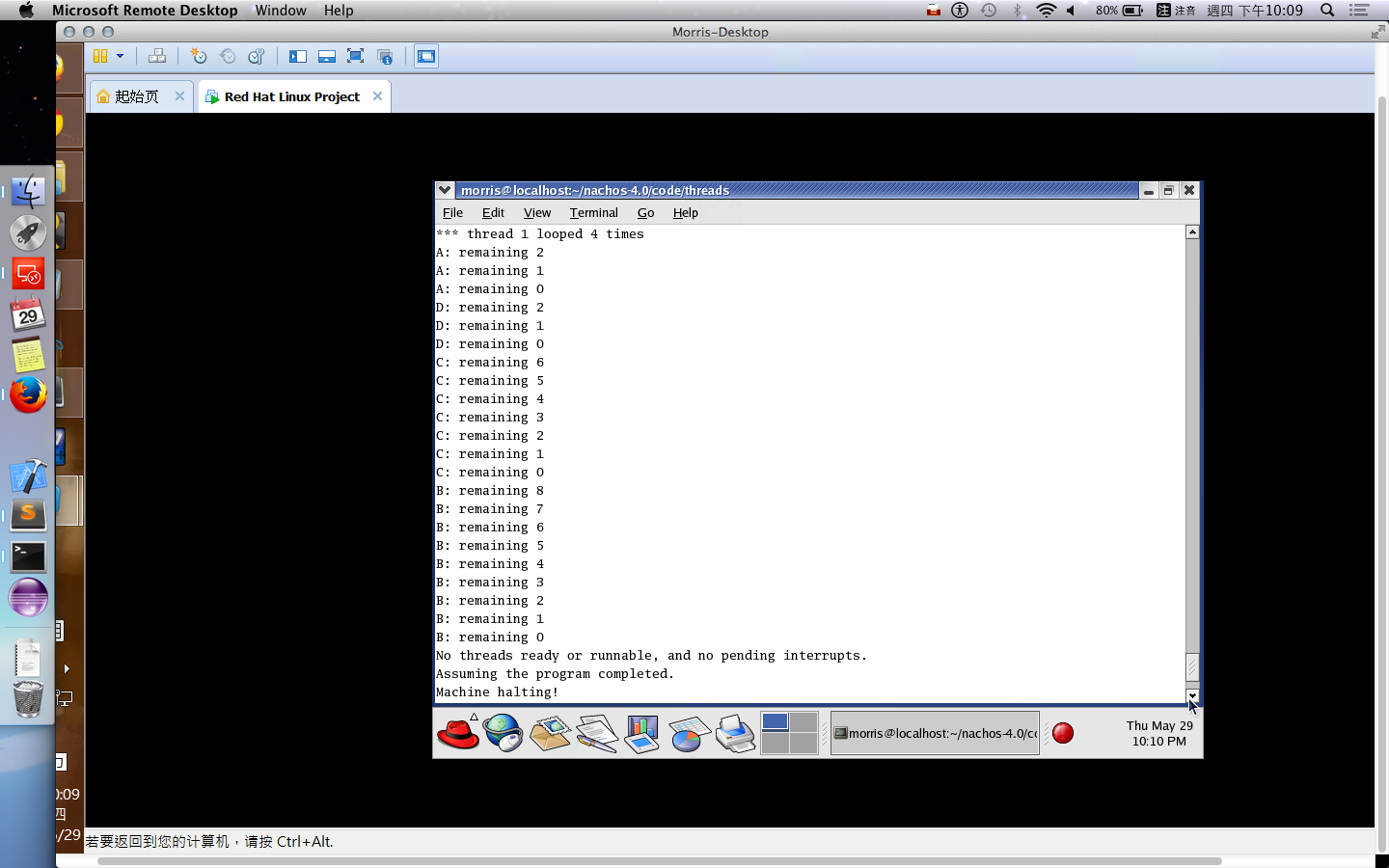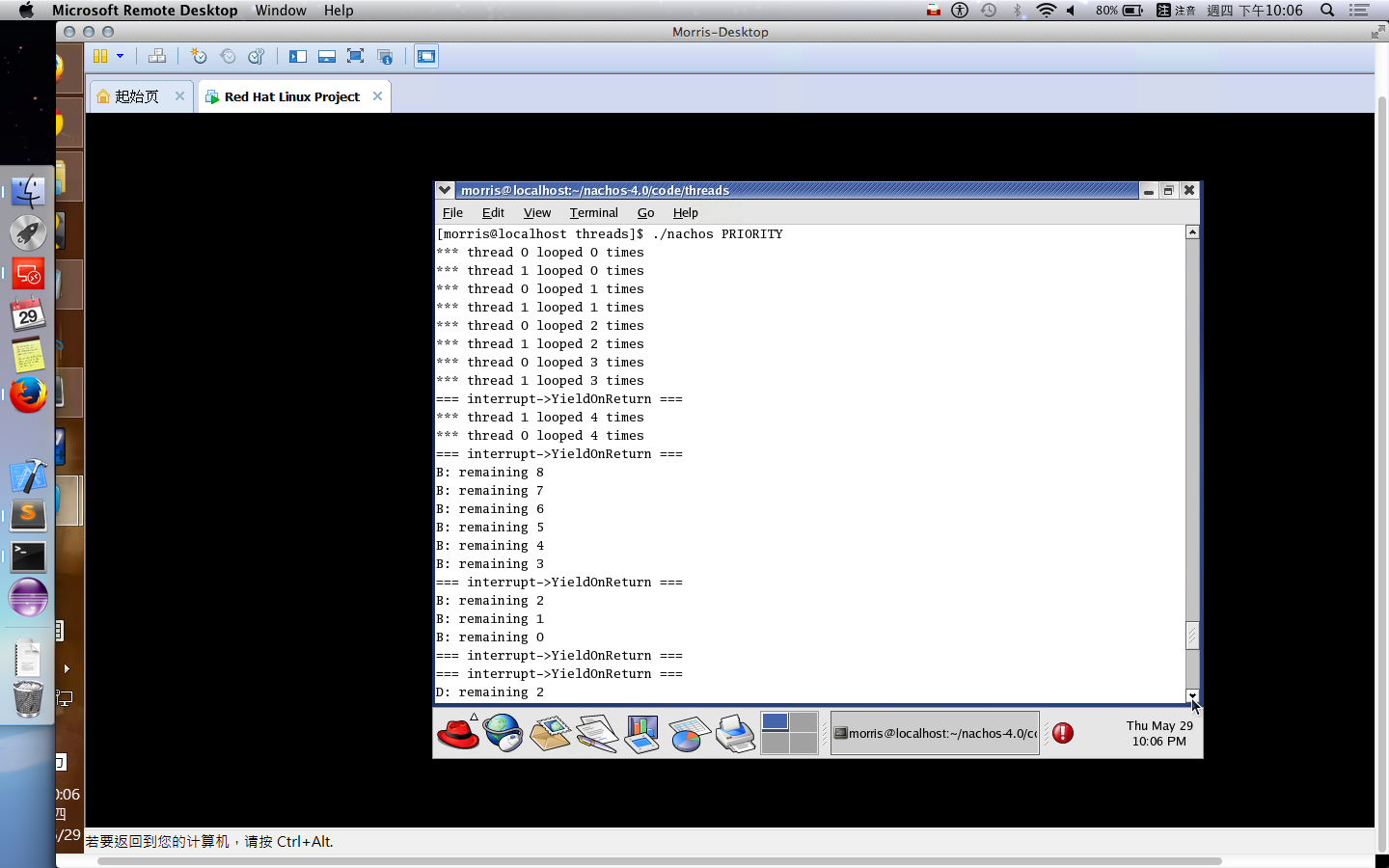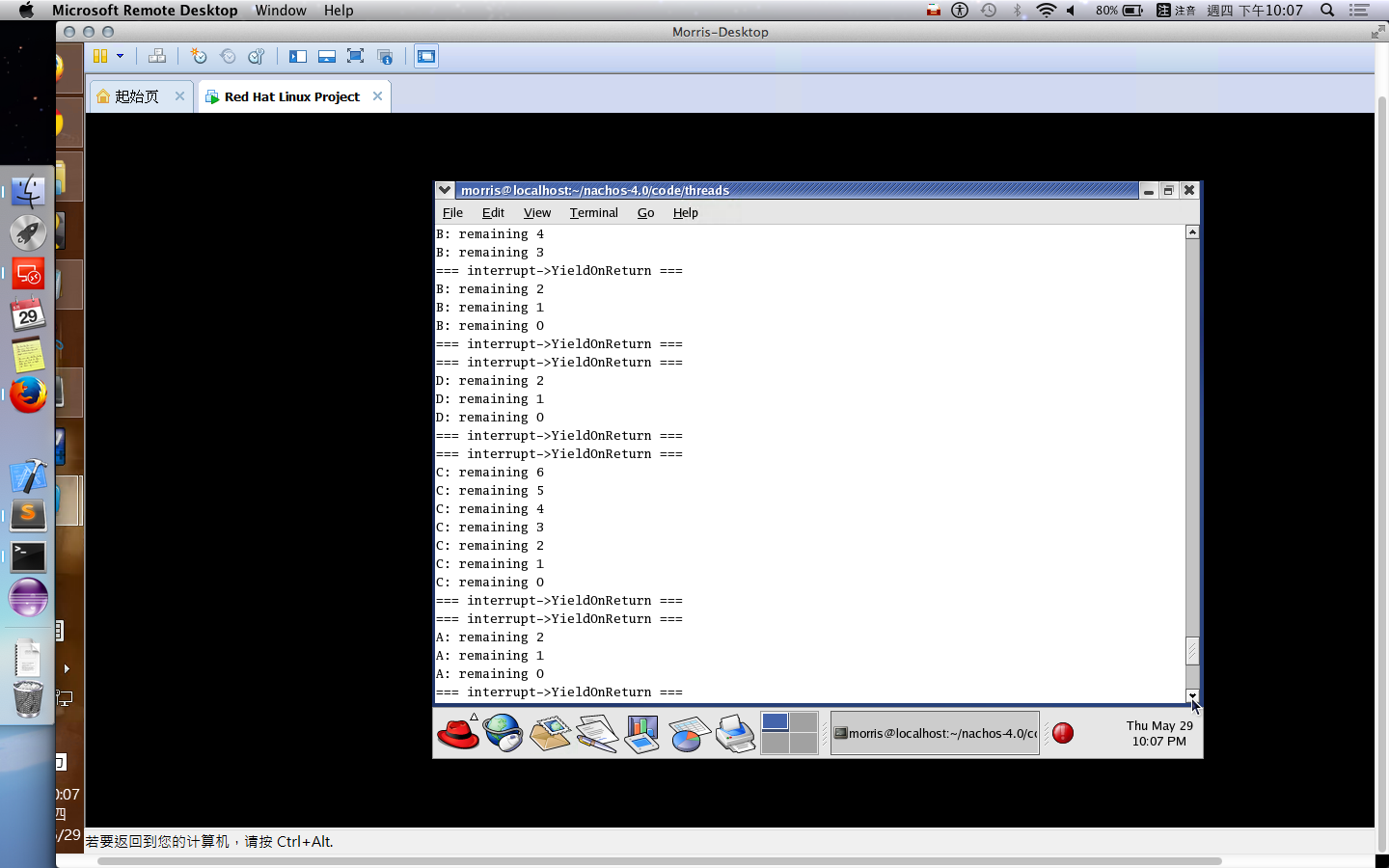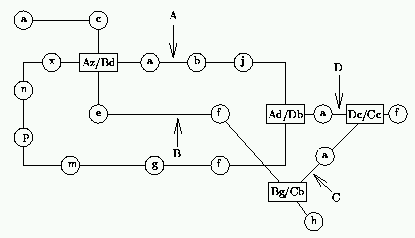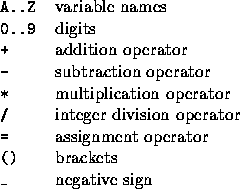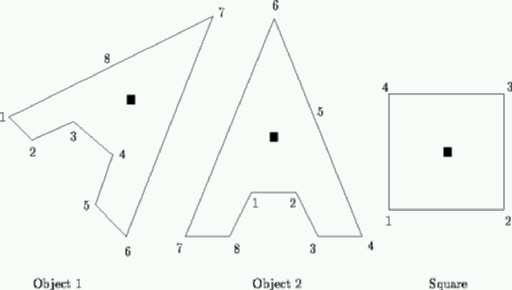#include <stdio.h>
#include <stack>
#include <string.h>
#include <algorithm>
#include <ctype.h>
#include <iostream>
#include <sstream>
using namespace std;
int priority_op(char c) {
switch(c) {
case '(':return -1;
case '=':return 3;
case '+': case '-':return 1;
case '*': case '/':return 2;
}
puts("ERROR");
return -1;
}
void trans(char infix[], char buffer[]) {
int len = strlen(infix);
char *ptr = buffer;
stack<char> op;
*ptr = '\0';
for(int i = 0; i < len; i++) {
if(infix[i] == '_' || isdigit(infix[i]) || isalpha(infix[i])) {
while(infix[i] == '_' || isdigit(infix[i]) || isalpha(infix[i])) {
if(infix[i] == '_')
sprintf(ptr, "-");
else
sprintf(ptr, "%c", infix[i]);
while(*ptr) ptr++;
i++;
}
sprintf(ptr, " ");
while(*ptr) ptr++;
i--;
}else {
if(infix[i] == ' ') continue;
if(infix[i] == ')') {
while(!op.empty() && op.top() != '(') {
sprintf(ptr, "%c ", op.top()), op.pop();
while(*ptr) ptr++;
}
op.pop();
} else {
if(infix[i] != '(') {
if(infix[i] == '=') {
while(!op.empty() && priority_op(op.top()) > priority_op(infix[i])) {
sprintf(ptr, "%c ", op.top()), op.pop();
while(*ptr) ptr++;
}
} else {
while(!op.empty() && priority_op(op.top()) > priority_op(infix[i]) && op.top() != '=') {
sprintf(ptr, "%c ", op.top()), op.pop();
while(*ptr) ptr++;
}
}
}
op.push(infix[i]);
}
}
}
while(!op.empty()) {
sprintf(ptr, "%c ", op.top()), op.pop();
while(*ptr) ptr++;
}
}
int Variable[26] = {}, oldVal[26] = {};
string to_string(int number) {
stringstream ss;
ss << number;
return ss.str();
}
struct TreeNode {
string A, B, OP;
int l, r;
TreeNode(string a="", string b="", string op=""):
A(a), B(b), OP(op) {}
};
TreeNode node[1024];
int runTree(int label) {
string A = node[label].A;
string B = node[label].B;
int a, b;
if(node[label].OP == "LEAF") {
if(isalpha(A[0]))
a = Variable[A[0] - 'A'];
else
a = atoi(A.c_str());
return a;
}
b = runTree(node[label].r);
a = runTree(node[label].l);
switch(node[label].OP[0]) {
case '+': a = a + b; break;
case '-': a = a - b; break;
case '*': a = a * b; break;
case '/': a = a / b; break;
case '=':
a = b;
if(isalpha(A[0])) {
Variable[A[0] - 'A'] = a;
}
break;
}
return a;
}
void buildTree(char postfix[]) {
stringstream sin(postfix);
string token, A, B;
stack<string> stk;
stack<int> nodeLabel;
int treeSize = 0;
while(sin >> token) {
if(isalpha(token[0])) {
stk.push(token);
nodeLabel.push(treeSize);
node[treeSize++] = TreeNode(token, "", "LEAF");
} else if(isdigit(token[token.length() - 1])) {
stk.push(token);
nodeLabel.push(treeSize);
node[treeSize++] = TreeNode(token, "", "LEAF");
} else {
B = stk.top(), stk.pop();
A = stk.top(), stk.pop();
int a, b;
b = nodeLabel.top(), nodeLabel.pop();
a = nodeLabel.top(), nodeLabel.pop();
nodeLabel.push(treeSize);
node[treeSize] = TreeNode(A, B, token);
node[treeSize].l = a, node[treeSize].r = b;
treeSize++;
stk.push("INNER");
}
}
runTree(nodeLabel.top());
}
char infix[262144], postfix[262144];
int main() {
while(gets(infix) && infix[0] != '#') {
trans(infix, postfix);
for(int i = 0; i < 26; i++)
oldVal[i] = Variable[i];
buildTree(postfix);
int f = 0;
for(int i = 0; i < 26; i++) {
if(oldVal[i] != Variable[i]) {
if(f) printf(", ");
f = 1;
printf("%c = %d", i + 'A', Variable[i]);
}
}
if(f == 0)
puts("No Change");
else
puts("");
}
return 0;
}
